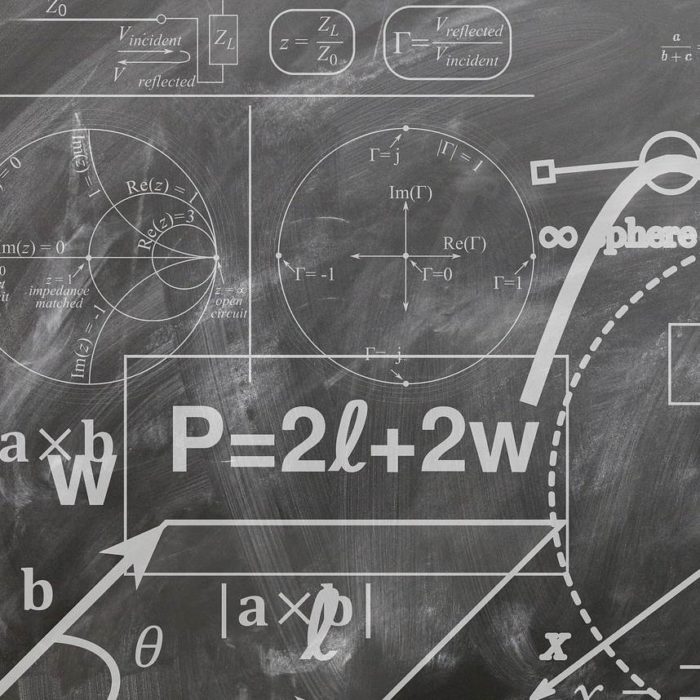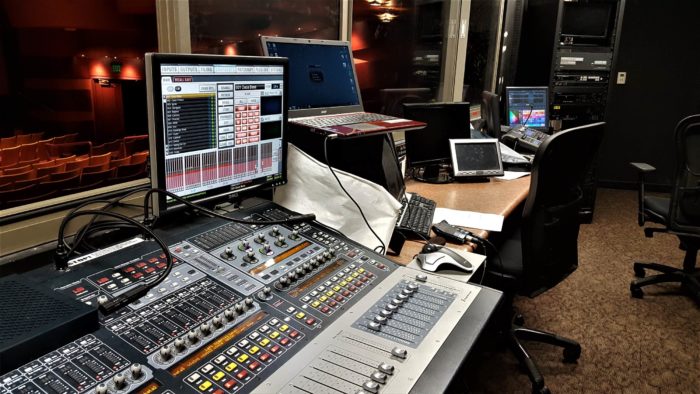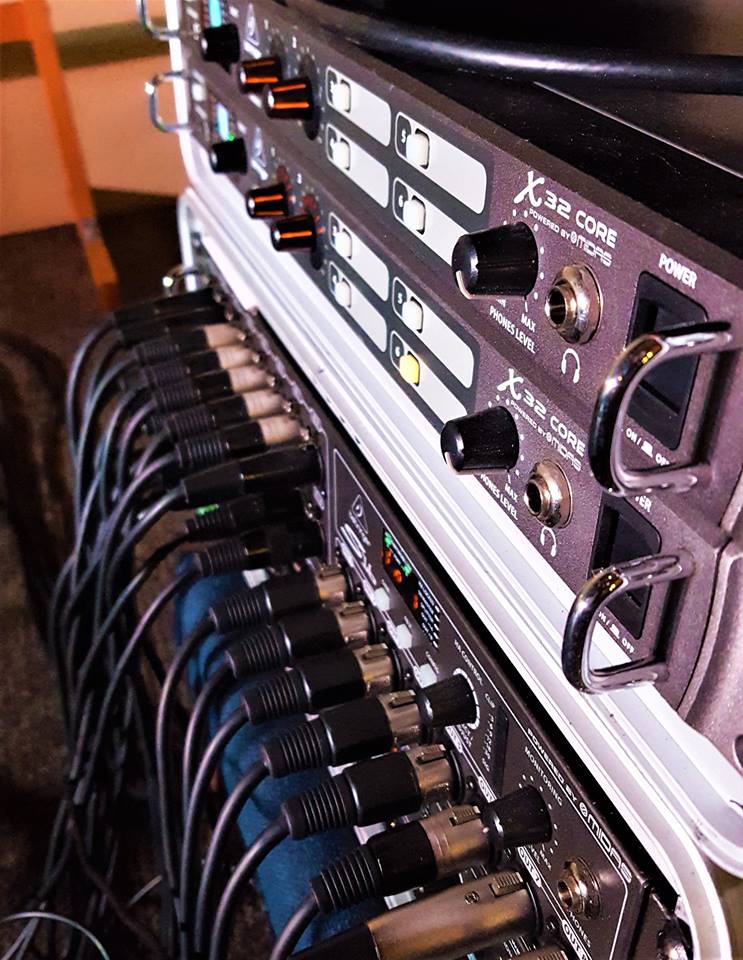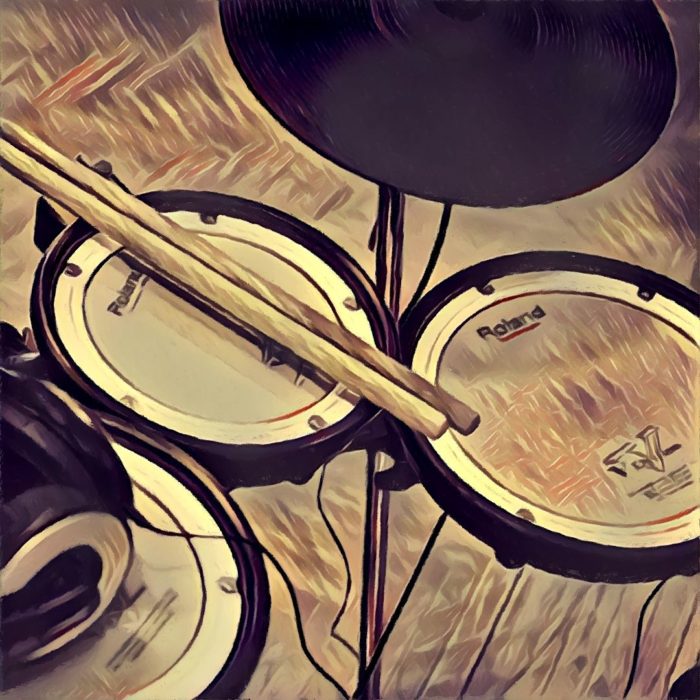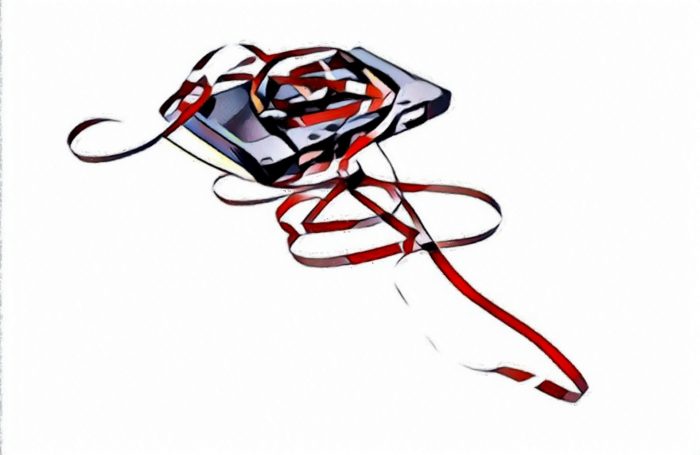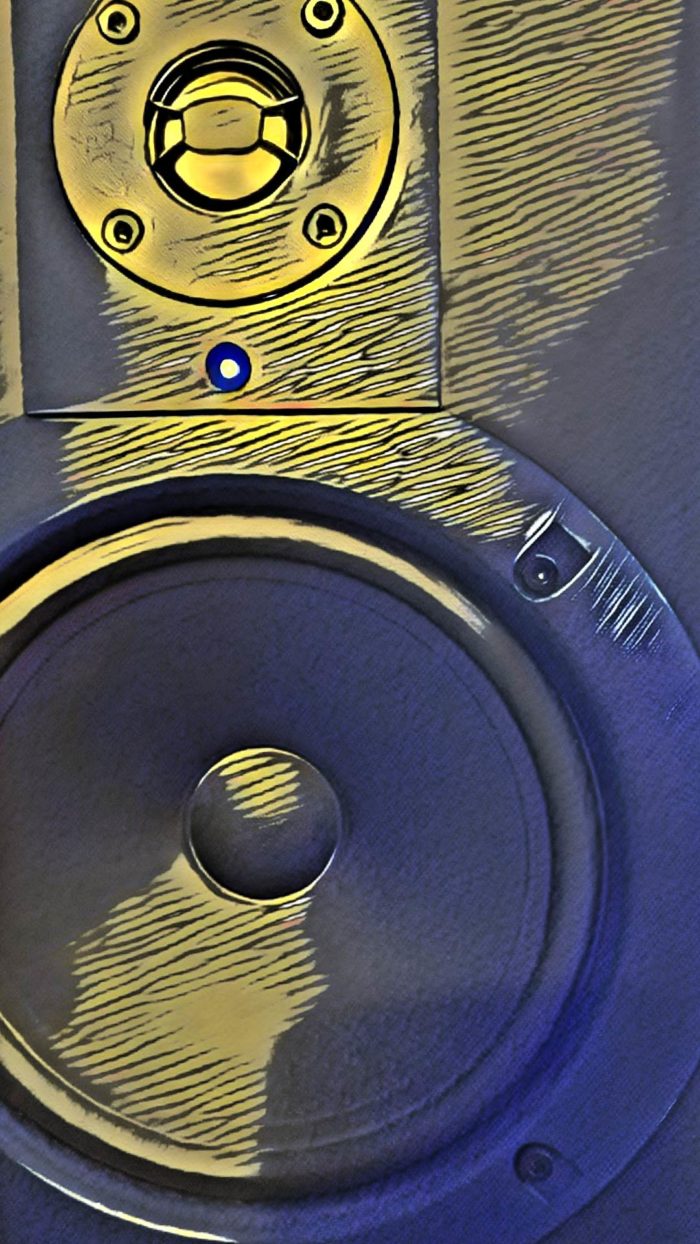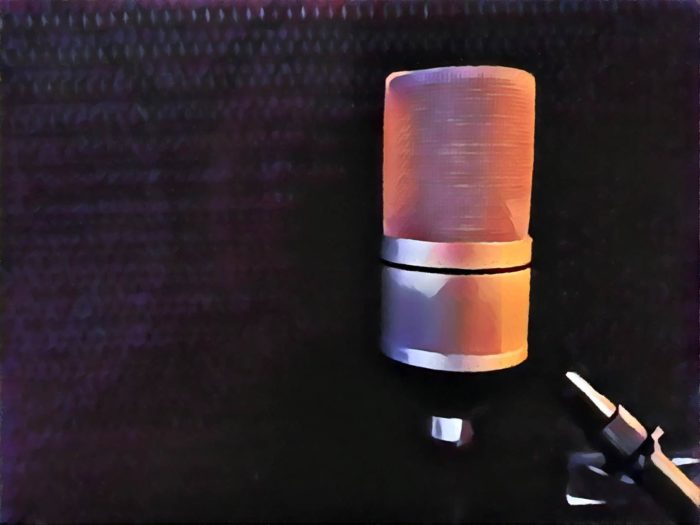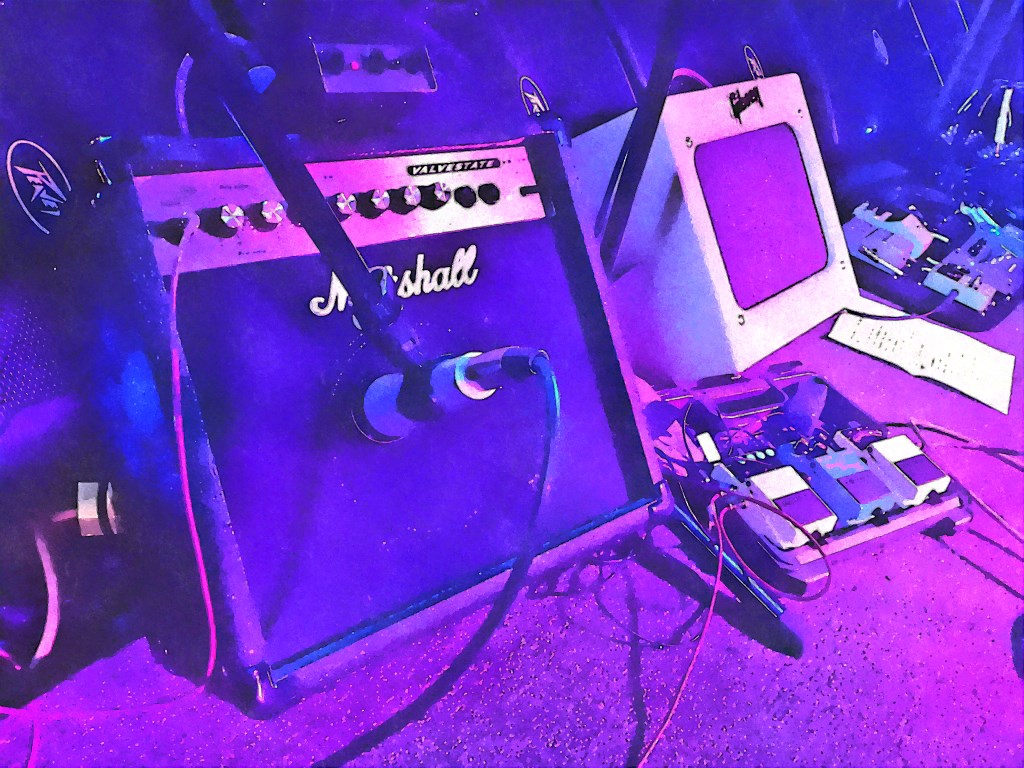A LOT can go wrong – and you can still survive – if you have backups.
Please Remember:
The opinions expressed are mine only. These opinions do not necessarily reflect anybody else’s opinions. I do not own, operate, manage, or represent any band, venue, or company that I talk about, unless explicitly noted.

 Want to use this image for something else? Great! Click it for the link to a high-res or resolution-independent version. Original photo is a CC0 found at Pixabay: https://pixabay.com/en/aircraft-military-thunderbolt-a-10-1008284/
Want to use this image for something else? Great! Click it for the link to a high-res or resolution-independent version. Original photo is a CC0 found at Pixabay: https://pixabay.com/en/aircraft-military-thunderbolt-a-10-1008284/Close Air Support Covereth A Multitude Of Sins
Do you know why some folks stay very, very calm when a show is beset by multiple failures?
There are many possible reasons, some of them involving good internal psychology: An ability to put things into perspective and not panic is very important. At the same time, real fallback options, both physical and those based in planning, are critical when your bacon requires saving. I’ll even go so far as to say that the planning part takes the crown. Not everyone can have a whole pile of spare mics, extra cables, or even a whole console left over in case of an emergency – but everyone can take the time to think through what might go wrong.
Some production crafts-humans only ever think about what it takes for a show to happen the right way, and don’t bother to ponder the failure points. Those folks have a much steeper hill to climb when it comes to maintaining control in a tough situation, because they have no mental preparation. In contrast, the audio and lighting people who have stopped to ponder “what do we do if [insert piece of gear] fails?” have a big lead. They’ve already been to the failure point in their head. They’ve seen the mountain! So, if a problem occurs, they’re not in completely unfamiliar territory.
Thus, ask yourself: What are the critical pieces for the show? Where can you yank bits and pieces from in case one of the critical pieces fails? What if you lose half your inputs – how do you keep going? If FOH dies and there’s no spare, how would you go about creating an FOH mix from monitor world? How about the other way around? How do you rearrange things if you lose a wedge 10 minutes in? How would you repurpose a subwoofer amp to drive a pair of monitors if another amp died? If one of your lights quits all of a sudden, what other light can you quickly take “offline” to keep things symmetrical? What in your rig is the most likely thing to misbehave at a critical point?
Having thought some things through, have an internal checklist that you can run through. You want a procedure, even if only roughly outlined, that you can go through without thinking too much. This protects against panic and keeps your fixes moving at the highest speed possible.
…and know your gear! Know what extra inputs and outputs you have. Think about what you could adapt to feed something else, even if it’s not the standard method. There all kinds of unorthodox ways to survive disasters of various magnitudes, and if you’re familiar with what your equipment can do you can dream up some pretty interesting solutions.
I encourage you to have all the backups you can afford, and are able to bring with you. That includes the backups that are “merely” contingency plans sitting in your head. One the day when you encounter a failure, you will have a much better chance at being the calm and cool one in the bunch.
